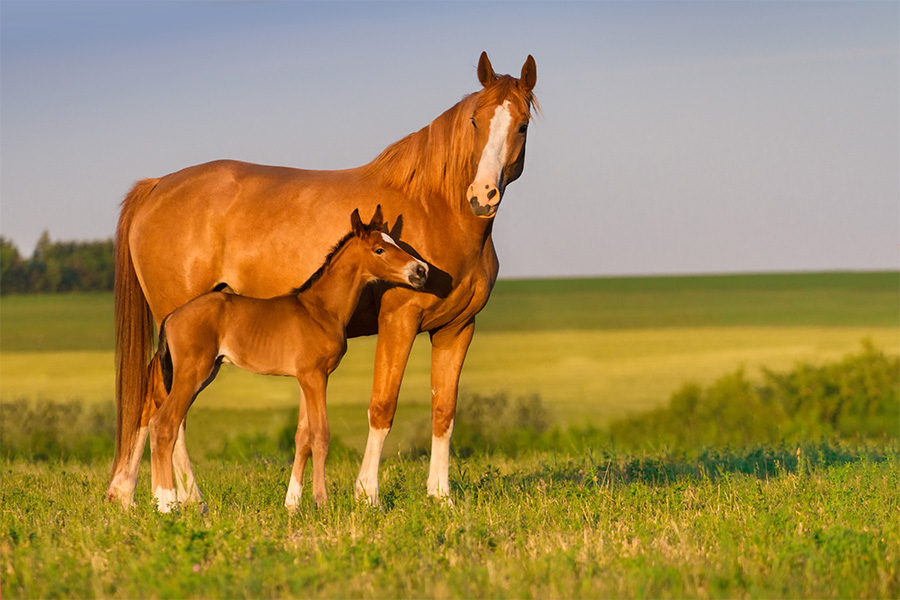-
 An estimated 1.7 million people in Georgia rely on 640,000 private wells for their drinking water supply. The Georgia Environmental Protection Division enforces EPA’s drinking water quality standards for human consumption in public water supplies according to the Federal Safe Drinking Water Act. However, private wells are not regulated. Consequently,…
An estimated 1.7 million people in Georgia rely on 640,000 private wells for their drinking water supply. The Georgia Environmental Protection Division enforces EPA’s drinking water quality standards for human consumption in public water supplies according to the Federal Safe Drinking Water Act. However, private wells are not regulated. Consequently,…|
-
 The pre-breeding period (2 months prior to breeding) is essential for preparing bulls for a successful breeding season. This is particularly important for yearling bulls as they are still growing and will use for energy during their first breeding season. Pre-breeding management should include an adaptation period, breeding soundness exam,…
The pre-breeding period (2 months prior to breeding) is essential for preparing bulls for a successful breeding season. This is particularly important for yearling bulls as they are still growing and will use for energy during their first breeding season. Pre-breeding management should include an adaptation period, breeding soundness exam,…|
-

B 1438
Is Your Label Gluten Free?
With the increased demand for “gluten-free” products in the market place, food processors and manufacturers have started to develop more and more better-tasting and nutritious food products that are also gluten-free. However, the federal food labeling regulations for gluten-free products can be very confusing for small food processors and new…|
-
 A solid understanding of mare cyclicity is the foundation on which to build or evaluate an equine breeding program. Horses differ from other species both in timing of cyclicity as well as endocrine patterns within a cycle. Basic principles can aid horse breeders in more effectively timing and breeding with…
A solid understanding of mare cyclicity is the foundation on which to build or evaluate an equine breeding program. Horses differ from other species both in timing of cyclicity as well as endocrine patterns within a cycle. Basic principles can aid horse breeders in more effectively timing and breeding with…|
-

Many fruit trees are purchased as bare-root trees. A bare-root tree is a dormant tree that has no soil or planting medium around the roots. Here are some tips on storing, planting, and caring for your bare-root fruit tree.
|
-

C 1063
Home Garden Peaches
Growing peaches and other fruit trees in Georgia and the southeastern United States is challenging. Peaches are not native to North America; however, many cultivars have been developed for our area, and Georgia has a long history of successful peach production. One must choose the site and the proper cultivar…|
-
 Mastitis continues to be a major livestock disease afflicting the U.S. dairy industry. As the industry strives to improve milk quality to meet consumer as well as exportation demands, the legal limit for bulk tank sec will likely be reduced from 750,000/ml to 400,000/ml in the near future. It is…
Mastitis continues to be a major livestock disease afflicting the U.S. dairy industry. As the industry strives to improve milk quality to meet consumer as well as exportation demands, the legal limit for bulk tank sec will likely be reduced from 750,000/ml to 400,000/ml in the near future. It is…|
-

This report presents the results of the 2014 peanut, cotton and tobacco variety performance tests.
|